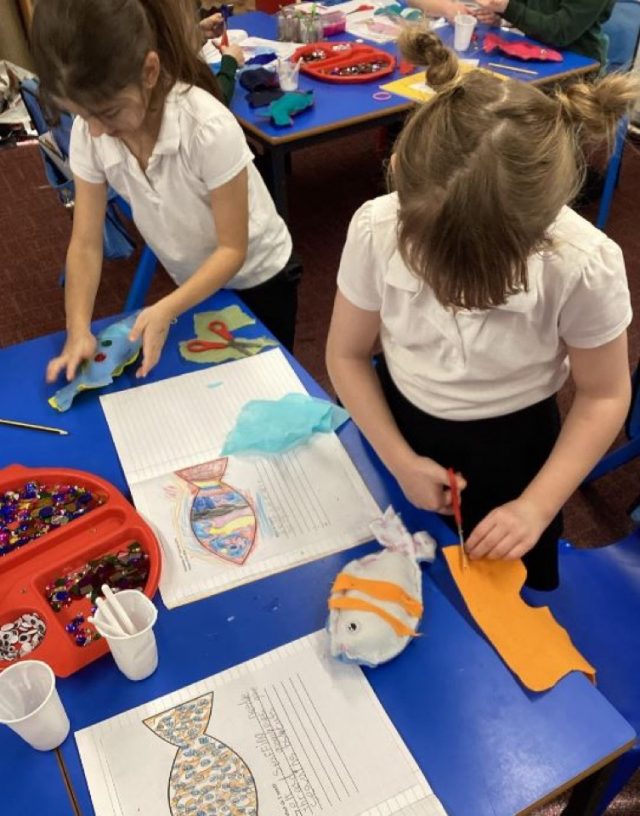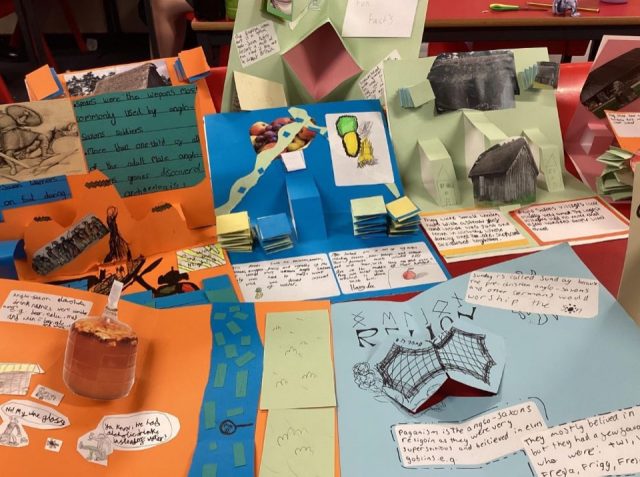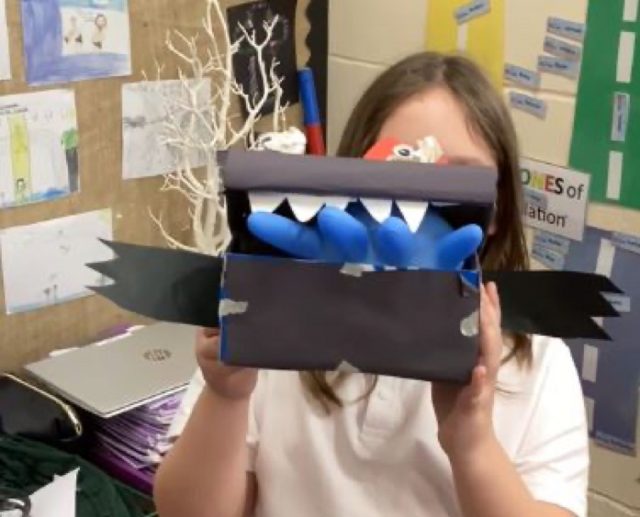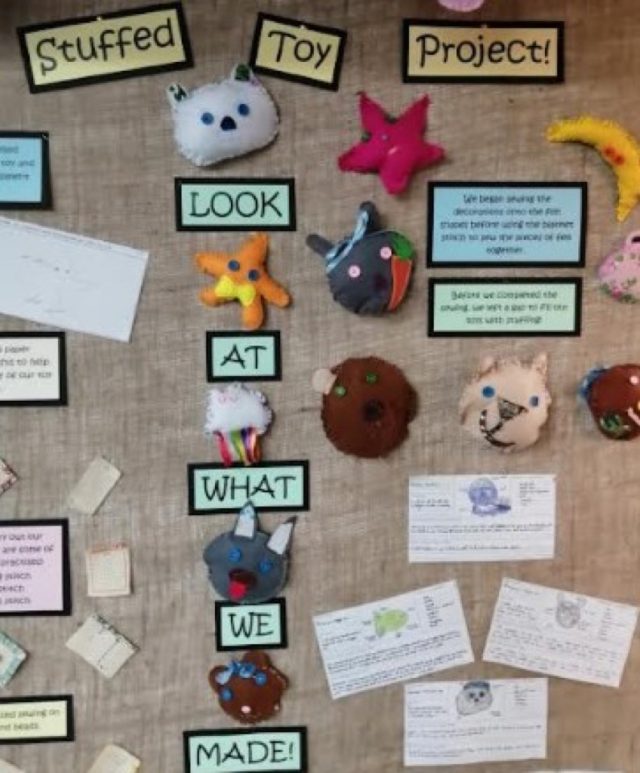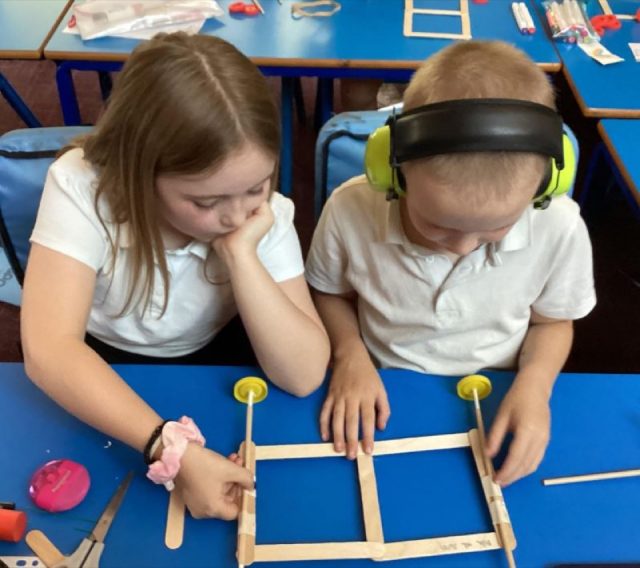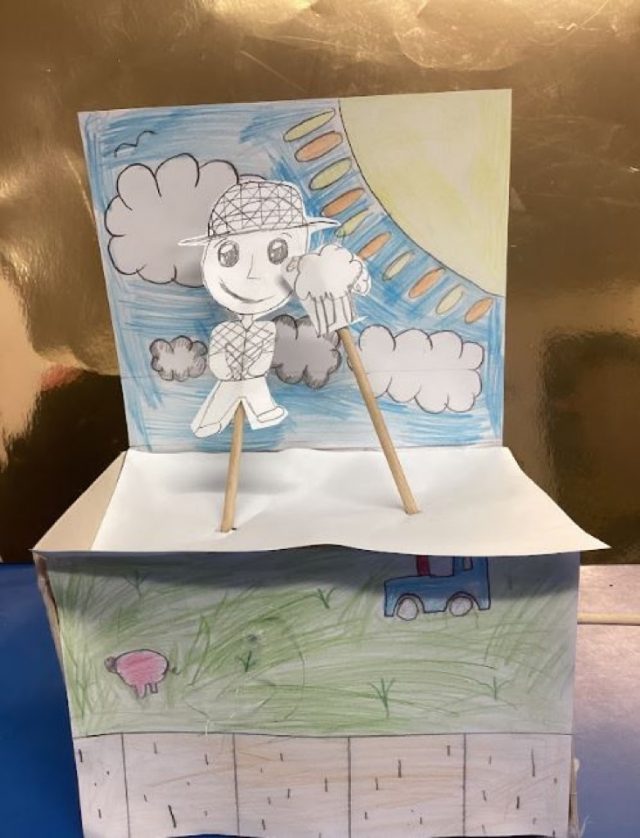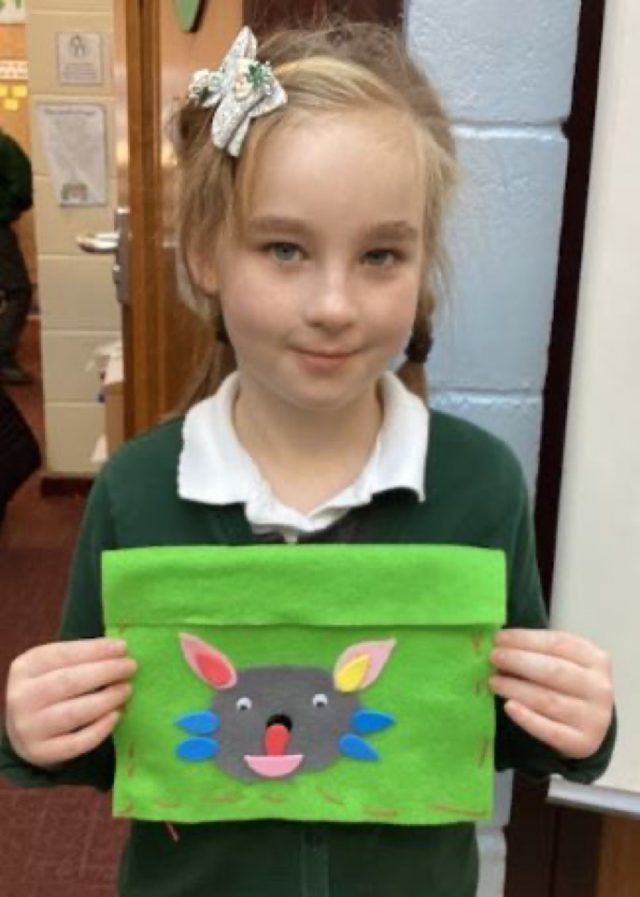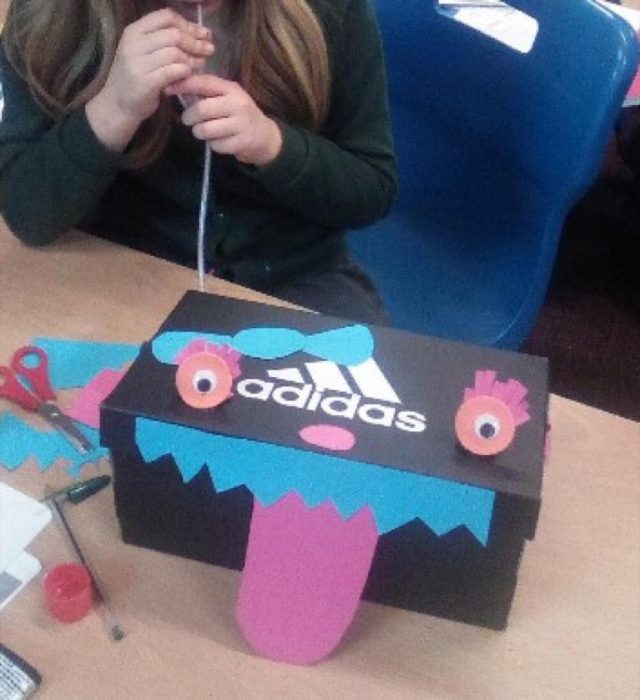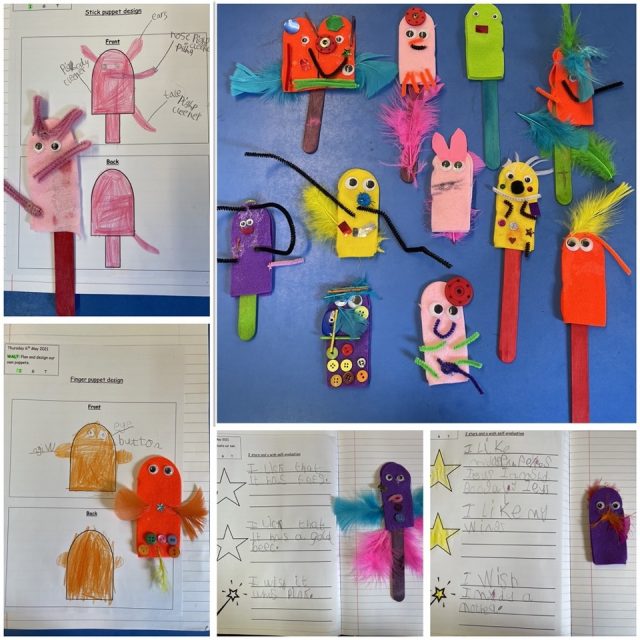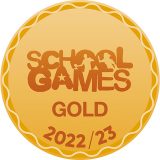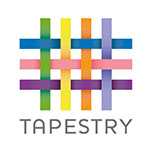“Design is a funny word. Some people think design means how it looks. But of course, if you look deeper, it’s really how it works.”
– Steve Jobs
Intent
Design and Technology is an entitlement for our pupils and accessible to all.
In Design and Technology, we aim to inspire pupils to be innovative and creative thinkers who have an appreciation for the product design cycle through ideation, creation and evaluation. Pupils acquire technical knowledge which encompasses the contextual, historical and technical understanding required for each stage of the design process: design, make and evaluate.
With an appreciation for key individuals, inventions and events in history, pupils know the impact of design on our world today. We believe it is important that pupils recognise how our design decisions can impact the wider world in terms of community, social and environmental issues.
Children learn how to use and combine tools to carry out different processes for shaping, decorating and manufacturing products. By building and applying a repertoire of skills, knowledge and understanding, pupils will produce high quality, innovative outcomes. Through making, pupils develop the confidence to take risks, through drafting design concepts, modelling, and testing products to fulfil the needs of users, clients and scenarios. Children are encouraged to be reflective learners who evaluate their work and the work of others. We aim to build an awareness of the impact of the design and technology on our lives, and encourage pupils to become resourceful, enterprising citizens, who will have the skills to contribute to future design advancements.
Implementation
To ensure high standards of teaching and learning in Design and Technology, our curriculum is progressive throughout the whole school.
Key Concepts: user, purpose, design decisions, function, innovation and authenticity
Domains of Knowledge: structures, mechanisms and mechanical systems, electrical systems (KS2), cooking and nutrition, textiles, and digital world (KS2)
EYFS: Children experience creative opportunities and develop key skills
and techniques in designing and making. There will be a focus on developing fine motor skills and learning how to plan, design and produce the finished project. Nursery and Reception classes will be, where appropriate, included in whole school projects, workshops, events and competitions associated with Design and Technology.
KS1 and KS2: Through a carefully sequenced Design and Technology curriculum, children are given the opportunity to revisit knowledge and skills every year. Using the National Curriculum as a starting point, Design and Technology is progressively planned to build knowledge and skills across a sequence of lessons. Each unit of work provides pupils with the opportunity to practice new learning and develop technical knowledge, as well as learn about the key individuals in design who helped shape the world. Every child has the opportunity to design, make and evaluate a product from a given starting point or project brief. Enrichment: The school’s Design and Technology curriculum is enriched through our sustained partnerships with local arts and cultural organisations such as Lowestoft Rising and the Sainsbury Centre for Visual Arts. Alongside workshops, and design competitions, pupils make and sell Christmas crafts as part of our Design and Technology week. Pupils experiences are enhanced through our Forest School and after school clubs.
Impact
The Design and Technology curriculum builds towards four end points, describing what we want our pupils to achieve by the end of Year 6:
Design:Use research and develop design criteria to inform the design of innovative, functional and appealing products that are fit for purpose through discussion, annotated diagrams, prototypes, pattern pieces and computer-aided design.
Make:Select from and use a wide range of tools, materials and equipment, according to their functional properties and aesthetic qualities, to perform practical tasks accurately.
Evaluate: Evaluate their ideas and products against both their own design criteria and a range of existing products, while using an understanding of how key events and individuals in design and technology have shaped the world to improve and reflect on their work.
Technical Knowledge: Apply their understanding of how to: use mechanical systems and their products; use electrical systems; use computing to program, monitor and control their products; and strengthen, stiffen and reinforce more complex structures.
Design and Technology is assessed in two distinct ways:
- Metacognitive learning tasks which give pupils the opportunity to talk about their design and give their opinion. Using subject-specific vocabulary, this can be recorded through an end-of-unit evaluation or shared verbally during group critiques.
- The ability to demonstrate specific core concepts within their own design and recognise them in others. This is assessed through use of knowledge-catchers completed at the end of each unit of work.



